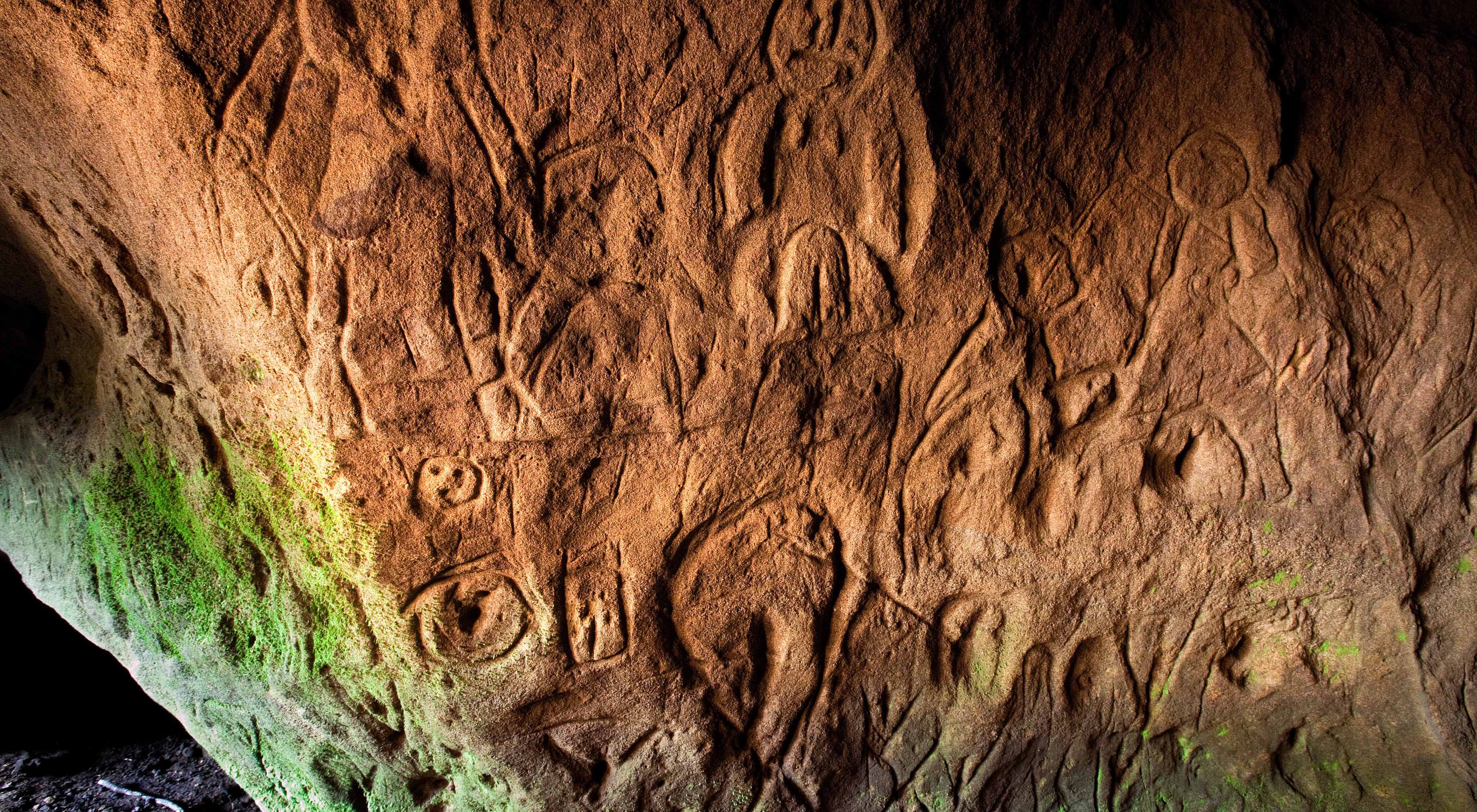The Latin America Conservation Council (LACC) works to raise awareness and support initiatives that promote Water Security, Sustainable Food, and Smart Infrastructure in Latin America.
The LACC shares resources with stakeholders all over the world interested in efforts that value nature and promote more efficient and cost-effective choices.
Publications
Closing the Nature Funding Gap: A Finance Plan for the Planet. We need $700 billion to reverse the global biodiversity crisis—here’s how we get it
Water Funds invest in protecting, restoring and better managing water at the source, to enhance water security for Latin America’s largest cities. This “Nature-Based Solution” also builds resilience to climate change.
LACC Members support combining modern science with traditional knowledge to better steward natural resources. In Peru, ancient “amunas” are being recreated in partnership with local communities to enhance water security and reduce flooding risks from changing rainfall patterns related to climate change. (in Spanish)
Making the economic case for investing in nature, this study examines how restoring 3,000 hectares of the Guandu watershed serving Rio de Janeiro Report can save the State Water and Sewage Company (CEDAE) $39 million in water treatment costs over 30 years.
The Latin America Conservation Council (LACC) launched A Guide to Good Practices for Environmentally Friendly Roads, given that 25 million kilometers of new roads are expected by 2050 – 90% in developing countries that harbor some of the planet’s most irreplaceable biodiversity. Calling for “smart infrastructure,” the Council believes roads can meet our social and economic needs while avoiding or minimizing impacts on surrounding habitats. This win-win vision of “development-by-design” is the path to sustainable prosperity that can make Latin America a global model, according to LACC members.
Changing Course
After its fishery nearly collapsed, a Peruvian community begins rebuilding its stocks and planning for the future.
The Tapajos River
Conventional environmental impact analysis based on a case-by-case approach do not address impacts from multiple development projects in the Amazon. The Nature Conservancy (TNC) offers an integrated vision for the Tapajós river basin that underpins a key step for a strategic environmental assessment (SEA) or integrated environmental assessment (IEA) since not all projects will qualify for the conventional treatment of an environmental impact study.
Water Security
A new methodology was published that uses public data like population, precipitation, soil type, treatment costs & flood exposure to identify cities where nature-based solutions can cost-effectively improve drinking water & mitigate flood risks. Developed by LACC-TNC to prioritize cities for Water Funds, this “actionable science” is available via an online portal for similar investment decisions.
Agroideal Annual Report
How Agroideal is helping take food production in Brazil to a higher level of sustainability and profitability Opportunities for natural infrastructure to improve urban water security in Latin America.
Governments, development banks, corporations, and nonprofits are increasingly considering the potential contribution of watershed conservation activities to secure clean water for cities and to reduce flood risk. These organizations, however, often lack decision-relevant, initial screening information across multiple cities to identify which specific city-watershed combinations present not only water-related risks but also potentially attractive opportunities for mitigation via natural infrastructure approaches.
Proceedings of South-South Exchange on Hydropower Planning, 2015
Read about the South-South Exchange for Hydropower Planning meeting in Cartagena, Colombia in September 2015. Convened by The Nature Conservancy (TNC), with support of the Inter-American Development Bank (IDB), the objective of the meeting was to promote dialogue among participating countries and to share information and best practices on conserving biodiversity and ecosystem services in the framework of hydropower development.
A Guide to Good Practices for Environmentally Friendly Roads, 2017
At least 25 million kilometers of new roads will be built by 2050 and 9/10 of them will be in developing countries—in areas that harbor some of the planet’s most irreplaceable refuges for biodiversity. This Guide is part of an effort to provide sound, science-based information, and advice on good practices for building roads in a thoughtful, reduced-impact way.
The Power of Rivers
Finding a balance between river conservation and energy production is no easy task. The Nature Conservancy believes that good science and a thorough understanding of how infrastructure and rivers interact can lead to solutions that balance energy development with the many other values that rivers provide.
Smart Infrastructure for Latin America
Infrastructure is vital to Latin America building a sustainable future. Early planning guided by science in a participatory and transparent process can effectively and efficiently avoid, minimize, and offset them.
Global Food Security Index, 2014
An annual measure of the state of global food security, including new research and benchmarks.
Achieving the New Vision for Agriculture: New Models for Action, 2013
Sustainable production strategies are needed to feed 9 billion people by 2050. The World Economic Forum’s New Vision for Agriculture is a platform to build a shared vision of agriculture as a driver of food security, environmental sustainability, and economic opportunity. A report by the World Economic Forum’s New Vision for Agriculture initiative prepared in collaboration with McKinsey & Company
